Moises JH Tono Lopez Maya Train
Moises JH Tono Lopez Maya Train
Tren Maya is already carrying out tests on rails
Text & Translation By Moises Jimenez & Antonio Lopez
The Maya Train is the main infrastructure, socioeconomic development and sustainable tourism project of the current Mexican federal government. The project consists of a new rail transportation service that connects the main cities and tourist areas of the Yucatan Peninsula, promoting a tourism program in which visitors pass through various communities in the region. Funding for the project comes primarily from a tourism tax collected in the region, as well as funds from other programs.
The project is currently in trial periods since the first train wagons arrived at the beginning of July, which will start the preliminary tests. The convoy is standard type and has capacity for 230 passengers. There will be 42 units that will be in service, although in the long term the inclusion of wagons that will function as a restaurant and other long-distance cars with showers and sleeping spaces is contemplated. The tests will begin in August 2023 since the inauguration was announced for the end of this same 2023.
The sections and stations of the Mayan Train:
- Section 1 Chiapas to Campeche: Palenque – Escárcega
- Section 2 Campeche: Escárcega – Calkiní
- Section 3 Campeche to Yucatan: Calkiní – Izamal
- Section 4 Yucatan to Quintana Roo: Izamal – Cancun
- Section 5 North Quintana Roo: Cancun – Playa del Carmen
- Section 5 South Quintana Roo: Playa del Carmen – Tulum
- Section 6 Quintana Roo: Tulum – Chetumal
- Section 7 Quintana Roo to Campeche: Chetumal – Escárcega
Among all the sections, section 3 is the one that presents the greatest progress, with 129 kilometers of finished roads, of the 159 kilometers that make up the route between Campeche and Yucatán.
This is followed by section 4, which already has 200 kilometers of the 239 kilometers promised, so it is expected that the tests of the first convoy will be carried out on this route between Yucatán and Quintana Roo.
The head of the Federal Executive Power announced that the Mayan Train will be powered through a hybrid energy system which will be supplied by low-sulfur diesel produced at the Deer Park refinery, owned by Petróleos Mexicanos and located in Texas, USA.
The refined one will be able to supply the entire train line, but in the segment that runs from Mérida, Yucatán to Chetumal, Quinta Roo, the train will be able to travel the segment powered by electricity.
The costs per trip so far have not been established or announced a fixed rate for the Mayan train tickets, the only information that is available in this regard is what was declared, who was the head of FONATUR Rogelio Jimenez Pons affirmed that Mexicans would pay an estimate 50 pesos per trip. Meanwhile, the price for foreigners would oscillate between 40 and 50 dollars (between 680 pesos and 850 pesos as of July 5), pending an update from the Mexican Government, since as we mentioned the official rate has not yet been established. .
We invite you to stay connected to Cozumel4You for future updates.
Watch the full video here:
Tren Maya ya realiza pruebas en rieles
Texto & Traducción Por Moises Jimenez & Antonio Lopez
El Tren Maya es el principal proyecto de infraestructura, desarrollo socioeconómico y turismo sostenible del actual gobierno federal mexicano. El proyecto consiste en un nuevo servicio de transporte ferroviario que une las principales ciudades y zonas turísticas de la Península de Yucatán, promoviendo un programa de turismo en el que los visitantes pasan por diversas comunidades de la región. La financiación del proyecto proviene principalmente de un impuesto al turismo recaudado en la región, así como de fondos de otros programas.
Actualmente el proyecto se encuentra en periodos de prueba ya que a principios del mes de julio llegaron los primeros vagones del tren, con lo que darán inicio a las pruebas preliminares. El convoy es tipo estándar y tiene capacidad para 230 pasajeros. Serán 42 unidades que estarán en servicio, aunque a largo plazo se contempla la inclusión de vagones que funcionarán como restaurante y otros de larga distancia con regaderas y espacios para dormir. Las pruebas comenzarán en agosto del 2023 ya que la inauguración se anunció para finales de este mismo 2023.
Los tramos y estaciones del Tren Maya:
Tramo 1 Chiapas a Campeche: Palenque – Escárcega
Tramo 2 Campeche: Escárcega – Calkiní
Tramo 3 Campeche a Yucatán: Calkiní – Izamal
Tramo 4 Yucatán a Quintana Roo: Izamal – Cancún
Tramo 5 Norte Quintana Roo: Cancún – Playa del Carmen
Tramo 5 Sur Quintana Roo: Playa del Carmen – Tulum
Tramo 6 Quintana Roo: Tulum – Chetumal
Tramo 7 Quintana Roo a Campeche: Chetumal – Escárcega
Entre todos los tramos, el 3 es el que presenta mayor avance, con 129 kilómetros de vías terminadas, de los 159 kilómetros que conforman el recorrido entre Campeche y Yucatán.
A este le sigue el tramo 4, que ya cuenta con 200 kilómetros de 239 kilómetros prometidos, por lo que se espera que las pruebas del primer convoy se realicen en esta ruta entre Yucatán y Quintana Roo.
El titular del Poder Ejecutivo Federal anunció que el Tren Maya será impulsado a través de un sistema híbrido de energía el cual será abastecido por diésel de bajo contenido de azufre que se produce en la refinería Deer Park, propiedad de Petróleos Mexicanos y ubicada en Texas, Estados Unidos.
El refinado podrá abastecer a toda la línea del tren, pero en el segmento que recorre de Mérida, Yucatán a Chetumal, Quinta Roo, el tren podrá recorrer el segmento impulsado con energía eléctrica.
Los costos por viaje hasta ahora no se han establecido o anunciado alguna tarifa fija para los boletos del tren maya, la unica informacion que se tiene al respecto es lo que declaró, quien fuera titular de FONATUR Rogelio Jimenez Pons afirmó que los mexicanos pagarían un estimado de 50 pesos por viaje. Mientras tanto, el precio para extranjeros oscilaría entre los 40 y 50 dólares (entre 680 pesos y 850 pesos al 05 de julio), a espera de una actualización por parte del Gobierno mexicano, ya que como mencionamos aún no se ha establecido la tarifa oficial.
Te invitamos a permanecer conectado a Cozumel 4 You para futuras actualizaciones.
Antonio Lopez .Bachelor of Communication Sciences and Techniques with 13 years of experience in the media.
- Three Cozumel topics that may be of interest - March 21, 2025
- Bill Salmon Cozumel Fire Station - March 14, 2025
- Cozumel Water Pressure CAPA - March 7, 2025
Moses Jimenez. Content creator for more than 20 years, 18 of them on the island of Cozumel. Collaborator in multiple informative projects and social diffusion. Antonio Lopez . Bachelor of Communication Sciences and Techniques with 13 years of experience in the media.
Cozumel Cruise Ships Schedule
Cozumel Cruise Ships Schedule 31 Cruise Ships Call into Cozumel: Lower Numbers...
Cozumel Cruise Ship High Season
Cozumel Cruise Ship High Season Cozumel Cruise Ship Arrivals In Very High...
2025 Cozumel Carnaval
2025 Cozumel Carnaval 2025 Pre-Carnaval &Carnaval Official Schedules of Events Its official...
Cancun Airport Cozumel Mexico
Cancun Airport Cozumel Mexico How to get from Cancun International Airport to...


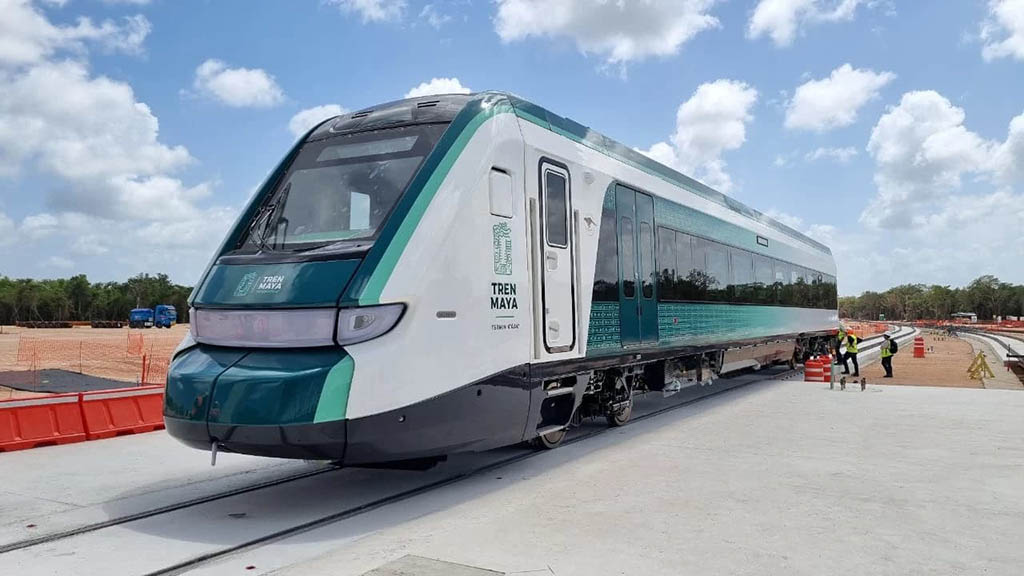
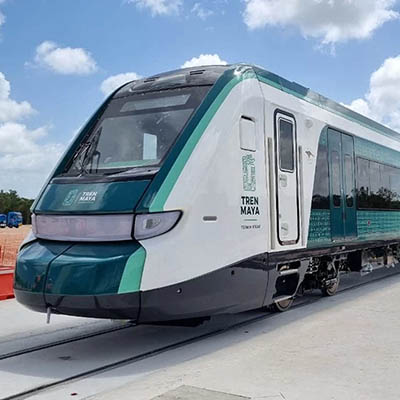







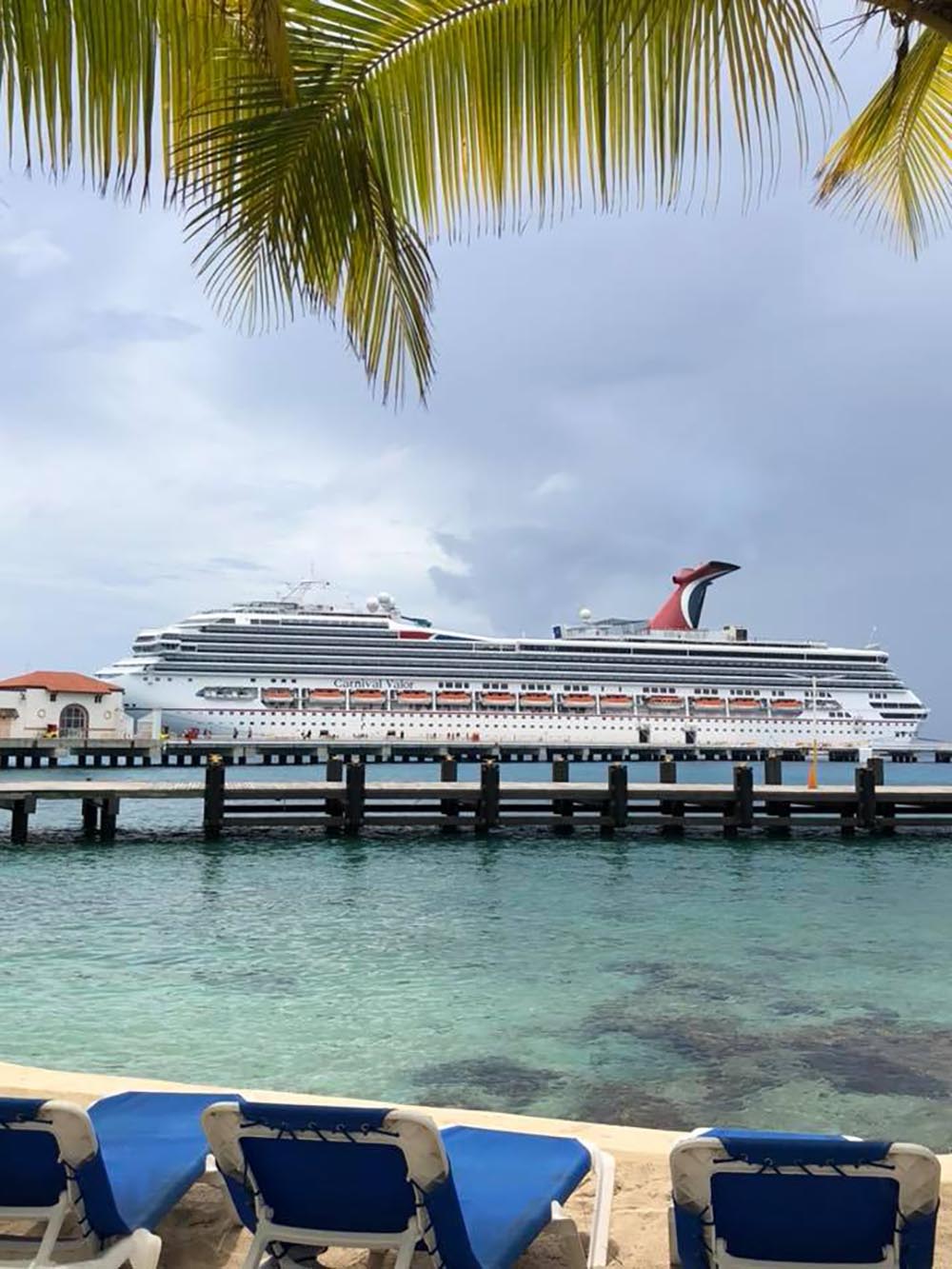
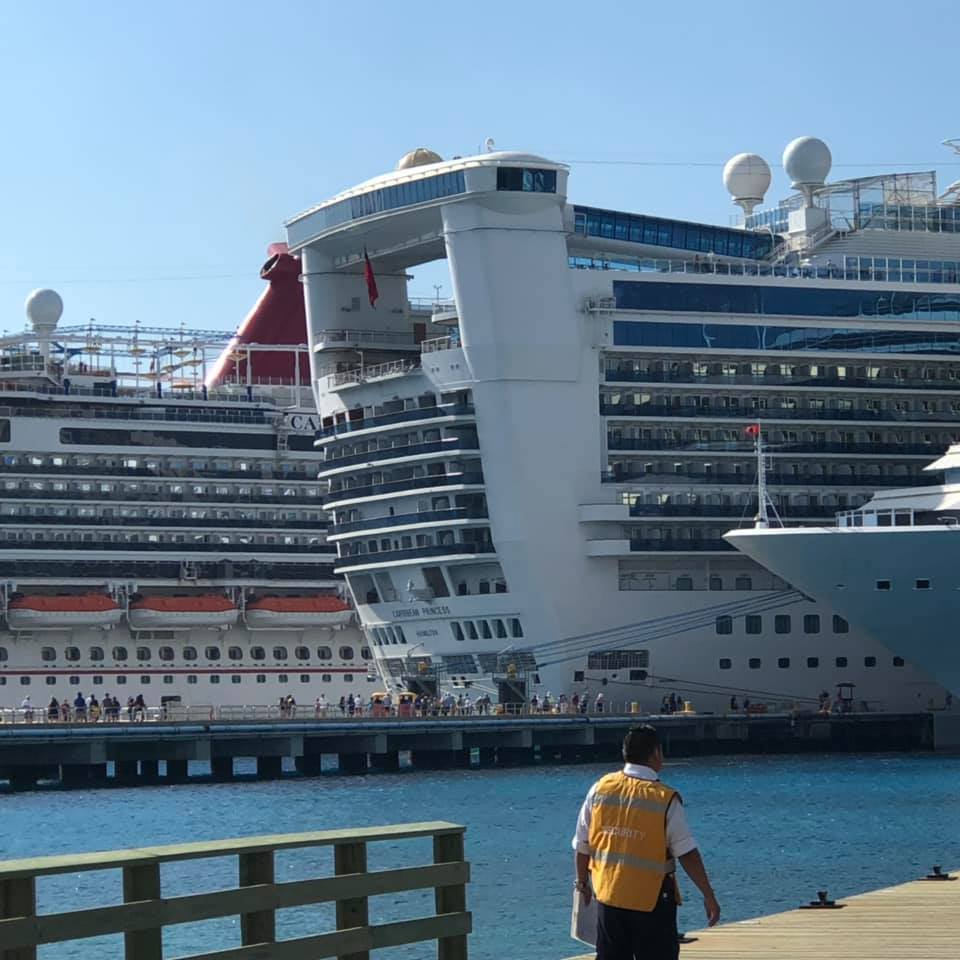
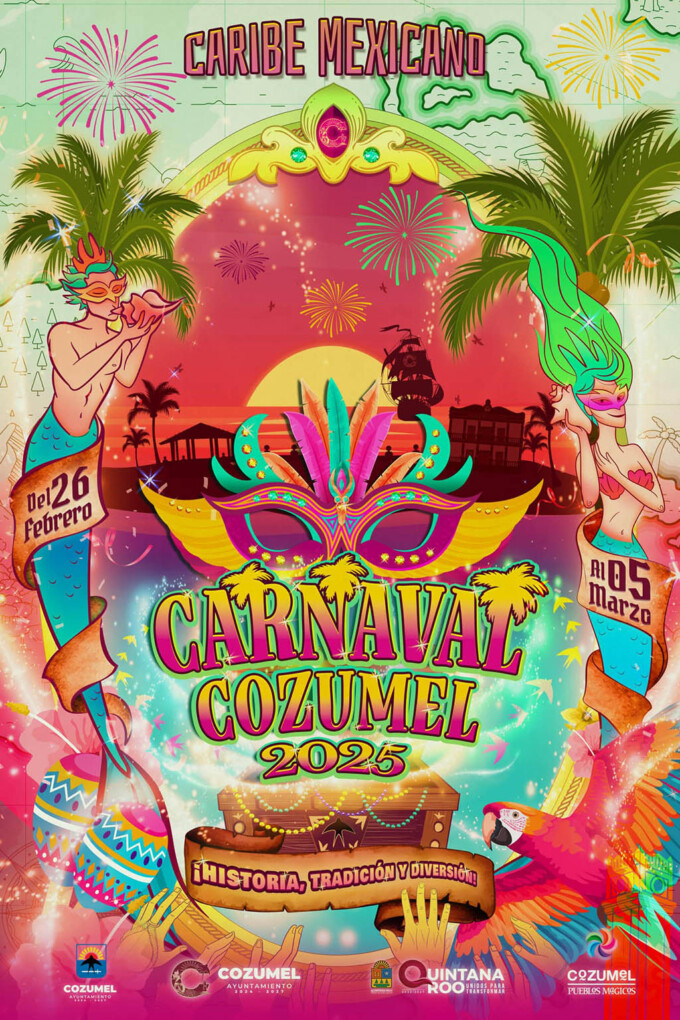
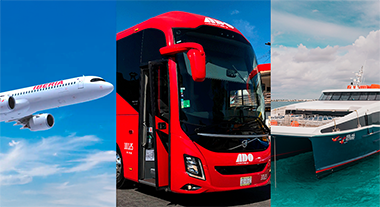
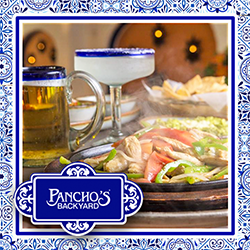
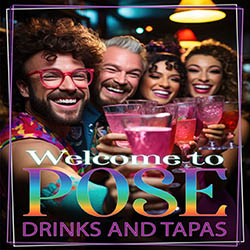



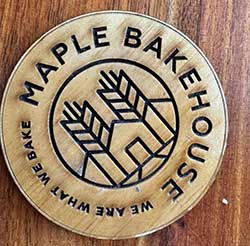
Leave a comment